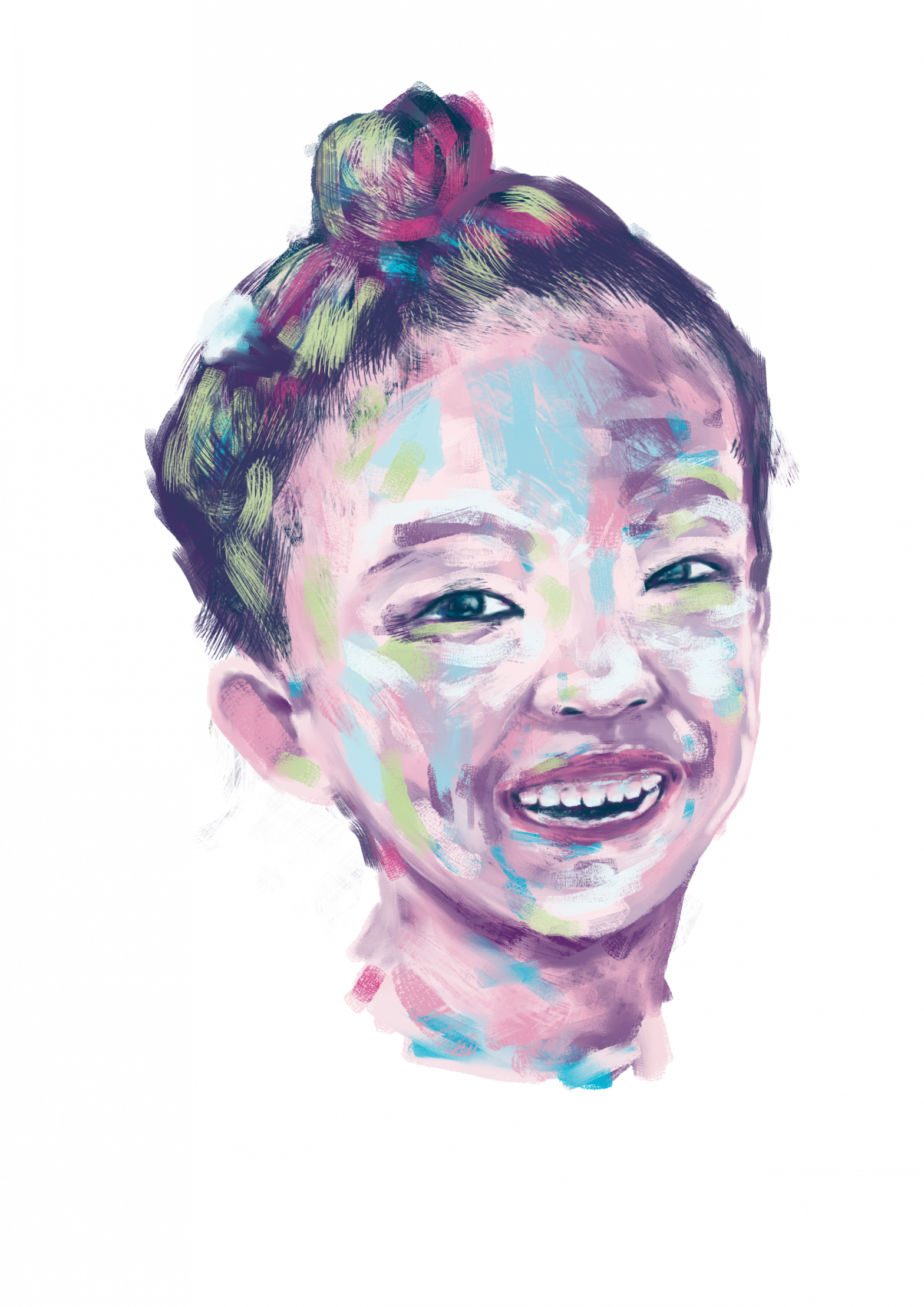Zixuan was two years old when her family started the long process of trying to find a medical diagnosis for her increasing array of symptoms. Her parents were desperate to figure out what was causing their toddler’s health problems and how they could get the right support in place for her. It took three years, much financial hardship and eight different hospitals before Zixuan was eventually diagnosed with Mucopolysaccharidosis type I.
Mucopolysaccharidosis type I is a rare genetic disease that sits within the broader category of lysosomal storage disorders. Symptoms and characteristics vary between individuals but are likely to include an enlarged head, stunted growth and abnormalities in the heart, liver, spleen, vocal cords and spine. Mucopolysaccharidosis type I often causes airways to narrow, leading to recurring upper respiratory infections and sleep apnoea.
Zixuan’s mother describes the exhaustion felt by the whole family. It has taken so much time, effort, and money to arrive at the point of diagnosis, and yet this is still just the start of the journey. Finding effective treatments for Mucopolysaccharidosis type I is an even bigger hurdle.
She says, “Mucopolysaccharidosis type I has totally changed our family’s life. I have had to stop working to look after Zixuan and her younger sister… My husband and I have had to raise funds ourselves through crowdfunding and borrowing money from friends and family.”
In November 2020, Zixuan underwent a hematopoietic stem cell transplant, which is likely to be the first in a long line of treatments. This is because Mucopolysaccharidosis type I is a progressive disease, which means it will get worse over time and it will ultimately limit Zixuan’s lifespan. New research into effective treatments is vital in order to postpone the later stages of the disease, which can include sight loss and hearing loss, for as long as possible.
Another key area of research is early diagnosis. Mucopolysaccharidosis type I is a genetic disease. Given enough resources, it is possible to detect it at birth or even during pregnancy, yet Zixuan’s family had to wait until she was five years old. Early diagnosis can vastly improve outcomes and timely treatments can provide patients with a much better quality of life.
Right now, Zixuan is an optimistic young girl whose family are a huge source of support. She is encouraged to pursue her love of drawing, and her mother massages her every day to relieve her symptoms.
Zixuan, 9 years old, says, “Being with my family brings me comfort and joy. My parents are my biggest supporters, they always have my back.”
